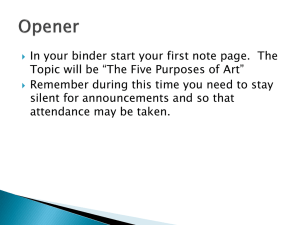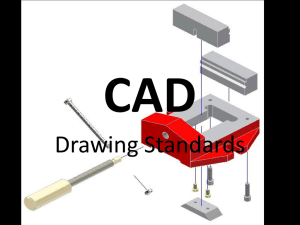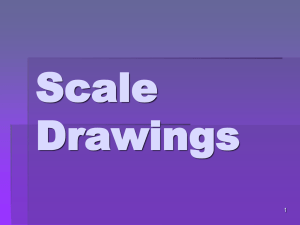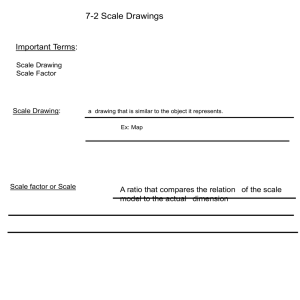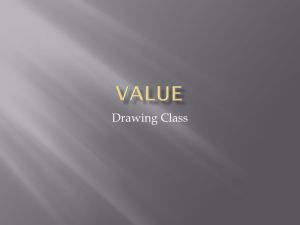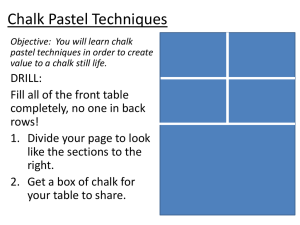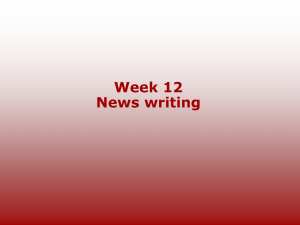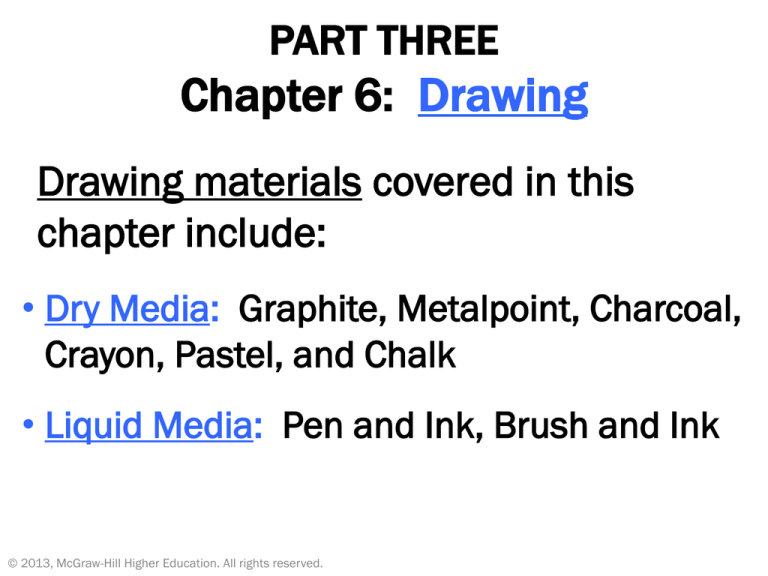
PART THREE
Chapter 6: Drawing
Drawing materials covered in this
chapter include:
• Dry Media: Graphite, Metalpoint, Charcoal,
Crayon, Pastel, and Chalk
• Liquid Media: Pen and Ink, Brush and Ink
© 2013, McGraw-Hill Higher Education. All rights reserved.
Key Terms for this chapter include:
• collage
• papyrus
• pigment and binder
• ground
• wash
© 2013, McGraw-Hill Higher Education. All rights reserved.
DRAWING
• Drawing material is composed of a
pigment (coloring) and a binder
(substance that allows it to be
shaped).
• Sometimes artists draw on a ground
which is a preliminary coating of paint
applied to a surface.
© 2013, McGraw-Hill Higher Education. All rights reserved.
DRAWING
Paper
Paper originated as papyrus made from
plant fibers. The plant fibers are beaten
to a pulp, mixed with water, then spread
in a thin layer over a fine mesh, and left
to dry.
© 2013, McGraw-Hill Higher Education. All rights reserved.
Papyrus
• Papyrus is a thick paperlike material produced
from the pith of the
papyrus plant, once
abundant in the Nile
Delta of Egypt. Papyrus is
first known to have been
used in ancient Egypt.
Ancient Egyptians used
this plant as a writing
material and for boats,
mattresses, mats, rope,
sandals, and baskets.
• Japanese are credited
with invention of paper
Standing Nude and Seated Man Reading, Fillipino Lippi,
Metalpoint, 1480
Dry Media
Dry media is usually applied in a stick
form.
• Graphite: A soft crystalline carbon. Combined
with clay and encased in wood it makes a
pencil.
• Metalpoint: A thin silver wire set in a holder.
When used on a specially prepared ground it
leaves behind a trail of metal particles that
tarnish to a pale gray.
© 2013, McGraw-Hill Higher Education. All rights reserved.
1, From 51 Ways of Looking, Shahzia Sikander,
2004, pencil.
Dry Media
Dry media is usually applied in a stick
form.
• Charcoal: Charred wood. Varieties include
vine and compressed charcoal.
• Crayon: Made of powdered pigments
combined with a greasy or waxy binder.
• Pastel: Pigment bound with a non-greasy
binder.
• Chalk: Soft, finely textured stones composed
of a variety of natural materials.
© 2013, McGraw-Hill Higher Education. All rights reserved.
Three Mile Island, Night I,
Yvonne Jacquette, 1982
Café Concert, Georges Seurat,
1887, Conte’ crayon with chalk
The Singer in Green, Edgar Degas, 1884,
Pastel on light blue paper
Liquid Media
Liquid media is usually applied with a
tool.
• Pen and Ink: Consists of very fine
particles suspended in water. A binder
like gum arabic holds the particles in
suspension and helps adhere them to the
drawing surface. A pen with a nib
attached is used to draw on the surface.
© 2013, McGraw-Hill Higher Education. All rights reserved.
Cottage Among Trees, Rembrandt, Pen and brush in
brown ink, 1648-50
No Title (Not a single Armorer),
Raymond Pettibon, 1990
Untitled, Julie Mehretu, 2001
Liquid Media
Liquid media is usually applied with a
tool.
• Brush and Ink: Consists of very fine
particles suspended in water. A binder
like gum arabic holds the particles in
suspension and helps adhere them to the
drawing surface. Brushes are used to
apply the ink in a wash of value to the
drawing surface.
© 2013, McGraw-Hill Higher Education. All rights reserved.
COLLAGE
Collage is a French word that means
pasting or gluing. It refers to the
technique of attaching actual objects
to a support.
• This technique was pioneered by
Pablo Picasso and Georges Braque.
© 2013, McGraw-Hill Higher Education. All rights reserved.
Still Life on Table, Georges Braque, Pasted paper
and gouache, 1914
Mysteries, Romare Bearden,
1964
Hide and Seek: Kill or Speak, Wangechi Mutu,
paint, ink, collage, and mixed media on mylar, 2004
Drawing: Summary
Drawing Materials and Key Terms:
• Dry Media: Graphite, Metalpoint, Charcoal,
Crayon, Pastel, and Chalk
• Liquid Media: Pen and Ink, Brush and Ink
•
•
•
•
•
collage
papyrus
pigment and binder
ground
wash
© 2013, McGraw-Hill Higher Education. All rights reserved.

